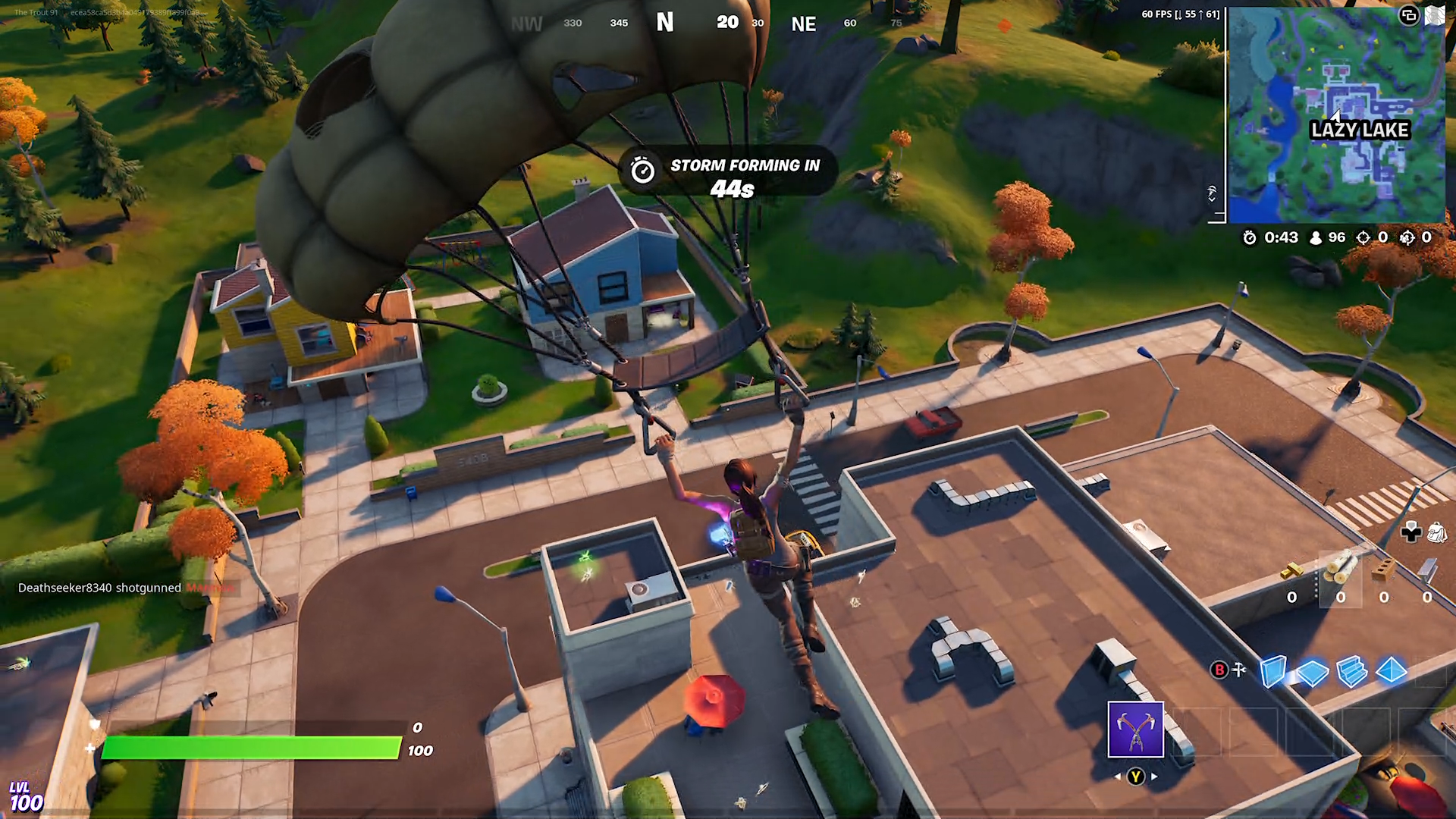
The fault sets mainly incline to the north. Unlike the Sapanca Lake Basin, the oblique normal faults with WNW–ESE trending with maximum length of 5 km in the south of the basin have contributed to the deformation process in the formation of Izmit Basin. The Northern Branch of the North Anatolian Fault System controls and deforms the Izmit Basin and the Sapanca Lake Basin in the study area. (d) Understanding relations between deep heat/fluid sources and near‐surface mineral deposits and active geothermal systems greatly improves the potential to characterize resources undercover. (c) Heat transport to the near surface is controlled by modern Basin and Range and Walker Lane tectonics. (b) Fluids that penetrate into the lower crust are controlled by weaknesses in the crust that are commonly located where past volcanic activity occurred. (a) Heat/fluid sources related to active hydrothermal systems in the Great Basin are controlled by processes and structures in the lower crust and are commonly found under the basins.


From these 3‐D models, four important conclusions are developed. In this study, we combine 3‐D models developed from magnetotellurics (MT), a passive electromagnetic method sensitive to fluids, and structural geological data to image the crust from the surface to a depth of 40 km. New applications of geophysical methods are needed to locate and characterize these resources. Most resources that have surface expressions have been found, but many more lie undercover. The Great Basin in the western United States is home to many natural resources including geothermal and mineral resources. In addition, with the thermal springs exposed in the subsurface of the Lugu Lake region, we suggest that a potential geothermal field could be developed underneath the LXF and NW sides of the Lugu Lake region. Therefore, the LXF presents significant left-lateral strike-slip deformation, and the Ninglang fault presents right-lateral strike-slip deformation. After crossing the LXF, part of the mid-crustal ductile material moved to the NE between the LXF and Ninglang fault. The high conductors probably originated northwest of the Lijiang area.

Based on the framework of the material escape to the east of the Tibetan Plateau and the strike-slip polarity of the active faults, we propose a new geodynamic model for the study area. These results indicate that the conductors along the LXF zone become shallower and smaller from the SW to NE. One of the conductors is at a depth of approximately 15–35 km with a length of 40 km in the southwest profile, whereas the other is at a depth of approximately 10–20 km with a length of 20 km in the northeast profile. The results indicate that there are two high conductors (1–10 Ωm) beneath the LXF zone. This is a crucial area where the long-wavelength topography can be used to identify motions of the ductile flow beneath the eastern Tibetan Plateau to the Yangtze platform. We used data from 62 broadband magnetotelluric (MT) stations along two NNW-SSE profiles cross sections around the Lijiang-Xiaojinhe fault (LXF) using 3-D inversion.


 0 kommentar(er)
0 kommentar(er)
